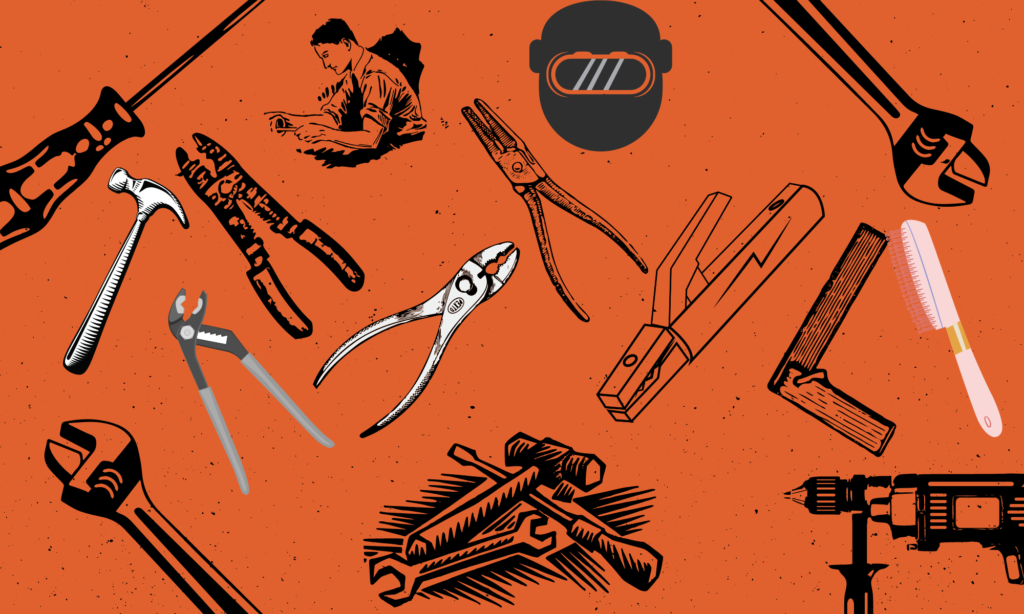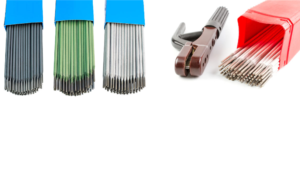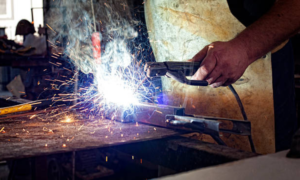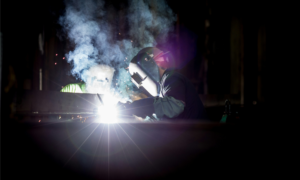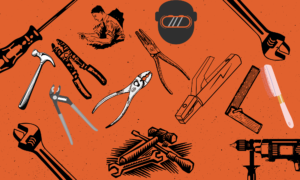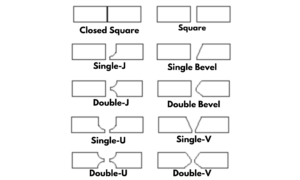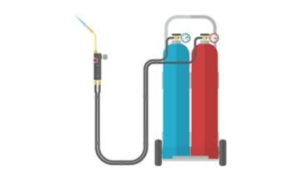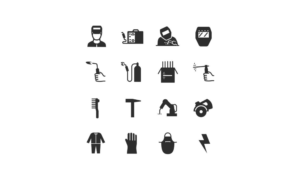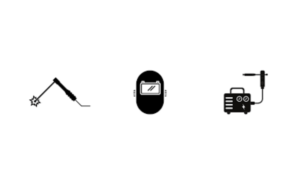Measuring Tools Used in Welding: Top Requirements for Precise Outcomes
Essential Welding Measuring Tools
When it comes to welding, accuracy is key. Ensuring precise measurements is crucial for creating strong and structurally sound welds. That’s why every welder needs to have a set of essential welding measuring tools in their toolkit. These tools help welders measure and mark the required dimensions, angles, and distances, ensuring that the final weld meets the necessary specifications. In this blog post, we’ll explore some of these essential welding measuring tools.
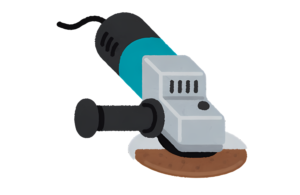
Fillet Gauge
A fillet gauge is a must-have tool for measuring the leg length and throat size of fillet welds. It helps welders ensure that the fillet welds meet the specified dimensions and are within tolerance. The fillet gauge is designed with notches that match different fillet weld sizes, making it easy to determine if the weld is within the required limits.
Bridge Cam Gauge
A bridge cam gauge is used to measure the crown height and profile of welds. It provides accurate readings of the convexity or concavity of the weld, ensuring that it meets the required standards. This gauge is especially useful for welds that require precise convexity or concavity profiles, such as pipe welding.
Combination Square
A combination square is a versatile tool that can be used for various measurements in welding. It consists of a ruler with a movable head, which can be set at different angles to measure angles, squareness, and alignment. The combination square is handy for checking the accuracy of corners, marking lines at specific angles, and ensuring the alignment of weldments.
Protractor
A protractor is used to measure angles in welding. It helps welders ensure that the required angles are correctly set and maintained throughout the welding process. Whether it’s measuring the angle of a joint or determining the angle of inclination for a specific weld, a protractor is an indispensable tool for accurate angle measurements.
Compass
A compass is used to mark circles and curves, making it an essential tool for welding projects that require circular or curved welds. With a compass, welders can accurately mark the desired curve or circle dimensions on the workpiece, ensuring that the final weld matches the required specifications.
Measuring Tape
A measuring tape is a basic yet essential tool for measuring distances and lengths in welding. Whether it’s determining the length of a piece of metal, measuring the gap between two welds, or marking the spacing for multiple welds, a measuring tape helps welders achieve precision in their work.
Feeler Gauge
A feeler gauge is used to measure the gap between two surfaces in welding. It’s commonly used to check the root or cap gap in butt welds and ensure that they meet the required dimensions. The feeler gauge consists of a set of thin, graduated blades that can be inserted between the surfaces to measure the gap accurately.
Specialized Welding Gauges
Specialized welding gauges are vital tools in welding, used to measure various aspects of welds like fillet legs and butt weld sizes. These precision instruments ensure accurate welding output with efficiency and quality control in fabrication processes.
V-weld Gauge
A V-weld gauge is a specialized measuring tool used in welding to check the size and shape of butt welds. It is shaped like a V and has notches along the edges that correspond to specific weld sizes. By fitting the gauge into the V groove of a butt weld, welders can quickly and accurately determine if the weld meets the required specifications.
Weld Thickness Gauge
A weld thickness gauge, also known as a fillet weld gauge or throat gauge, is used to measure the thickness of welds. This tool typically has a set of blades with different measurements engraved on them. Welders can place the blades against the weld and read the measurement to ensure the weld thickness meets the required standards. This gauge is especially useful for checking fillet weld dimensions.
Undercut Gauge
Undercutting is a common welding defect that occurs when the base metal around the weld deposit is eroded, resulting in a groove. To identify and measure undercut, welders use an undercut gauge. This tool consists of a flat blade with notches at various depths. By placing the gauge over the weld and comparing the groove depth to the notches, welders can determine the severity of undercut and take corrective measures if necessary.
Pit Gauge
In welding, pits or surface depressions can occur due to various factors such as contaminants or inconsistencies in the welding process. To measure the depth of these pits, welders use a pit gauge. This tool typically consists of a probe with a sliding tip that can be adjusted to touch the bottom of the pit. By reading the measurement on the gauge, welders can evaluate the severity of the pits and decide on the appropriate remedial actions.
Precise Measurement Techniques
Precise measurement techniques are essential in welding, and there are various measuring tools available to ensure accuracy. Welding gauges, such as fillet gauges and V-weld gauges, are used to measure weld size and other aspects of the weld. Additionally, tools like calipers and micrometers can be used to measure metal sheet thickness for accurate welding.
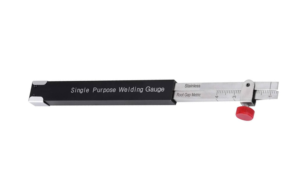
Common Measuring Devices For Welders
Common Measuring Devices for Welders play a crucial role in ensuring precise and accurate welding outcomes. Welding requires precision, and the use of accurate measuring tools is essential for achieving high-quality welds. Let’s delve into some of the most common measuring instruments used by welders.
Levels
Levels are essential tools for welders, as they help ensure that the work surface or material being welded is perfectly horizontal or vertical. This ensures that the welds are aligned correctly and meet the required specifications.
Tape Measures
Tape measures are indispensable tools for welders to measure various dimensions accurately. Whether it’s measuring the length of the material to be welded or ensuring proper spacing between welds, tape measures are versatile instruments that aid in precise measurements.
Angle Gauges
Angle gauges are used by welders to measure and set angles accurately. Ensuring the correct angle is crucial in welding to achieve strong and durable weld joints. Angle gauges help welders maintain the desired angle for accurate and consistent welding results.
Measuring Tools For Specific Welding Tasks
When it comes to specific welding tasks, various measuring tools such as fillet gauges are utilized for precise weld size evaluation. Welding gauges are commonly used to measure weld thickness, butt welds, and undercuts. These instruments provide the necessary accuracy for ensuring high-quality welds in different welding applications.
Mig Welding Wire Measuring
When working with MIG welding, accurately measuring the welding wire is crucial for achieving precise welds. Utilize a wire diameter gauge to ensure the correct wire thickness is used, promoting the integrity of the weld and the strength of the joint.
Checking Miter Joints
Verifying the accuracy of miter joints is essential in welding to ensure tight and secure connections. Employ a miter gauge, which provides precision angle measurements, enabling the welder to confirm the correctness of the joint’s angle prior to welding.
Measuring Metal Sheet Thickness
Accurately determining the thickness of metal sheets before welding is fundamental for selecting appropriate welding parameters. Employ calipers or micrometers to measure the metal sheet’s thickness with precision, thereby enabling the welder to set the welding equipment to the optimal settings.
Comparison Of Welding Measuring Tools
Welding gauges are essential tools used to measure the dimensions of welds. These specialized instruments, such as fillet gauges and V-weld gauges, come in various designs to measure different aspects of welding, ensuring accuracy and precision in the welding process.
Digital Vs. Traditional Measuring Tools
To measure weld size, welders often have to choose between digital and traditional measuring tools. While traditional tools like welding gauges and fillet gauges are widely used for their accuracy and durability, digital measuring tools offer the benefit of precision and ease of use. Traditional tools rely on manual readings, making them suitable for experienced welders who are adept at interpreting measurements. On the other hand, digital tools provide quick and accurate measurements suitable for welders who prefer modern technology for improved efficiency.
Advantages Of Specialized Welding Gauges
Specialized welding gauges offer several advantages that make them indispensable for welders. These gauges are designed with specific measurements in mind, such as fillet weld leg length, throat size, and V-weld dimensions, allowing for precise and consistent measurements. Additionally, welding gauges are constructed to withstand the harsh conditions of welding environments, ensuring longevity and reliability. Their specialized designs make them essential for ensuring the quality and integrity of welds in various applications.
Frequently Asked Questions For Measuring Tools Used In Welding
What Is The Measuring Instrument For Welding?
The measuring instrument for welding is a welding gauge, used to measure different aspects of a weld such as weld size and thickness. Various gauges are used for specific measurements, such as fillet gauges for leg length and throat size, and V-weld gauges for butt weld size.
What Instrument Is Used To Measure Weld Size?
Welders use a welding gauge to measure weld size accurately. This specialized tool comes in different designs for various aspects of welding. Fillet gauges measure fillet welds, and V-weld gauges check butt weld sizes.
What Are The Tools A Welder Use?
Welders use measuring tools like welding gauges, fillet gauges, protractors, combination squares, compasses, and tapes.
How Do You Measure Metal For Welding?
Welders use a tool called a welding gauge to measure the size of welds. Fillet gauges measure the leg length and throat size of fillet welds, while V-weld gauges check the size of butt welds. Precise measurement of metal sheet thickness using tools like calipers or micrometers is crucial for accurate welding.
Conclusion
To conclude, measuring tools are essential in the field of welding. Welding gauges are specifically designed instruments that allow welders to accurately measure various aspects of a weld, such as weld size, leg length, throat size, and butt welds. These tools, along with other measuring devices like calipers and tape measures, help welders ensure precision and accuracy in their work. By using the right measuring tools, welders can produce high-quality welds that meet specifications and standards.

